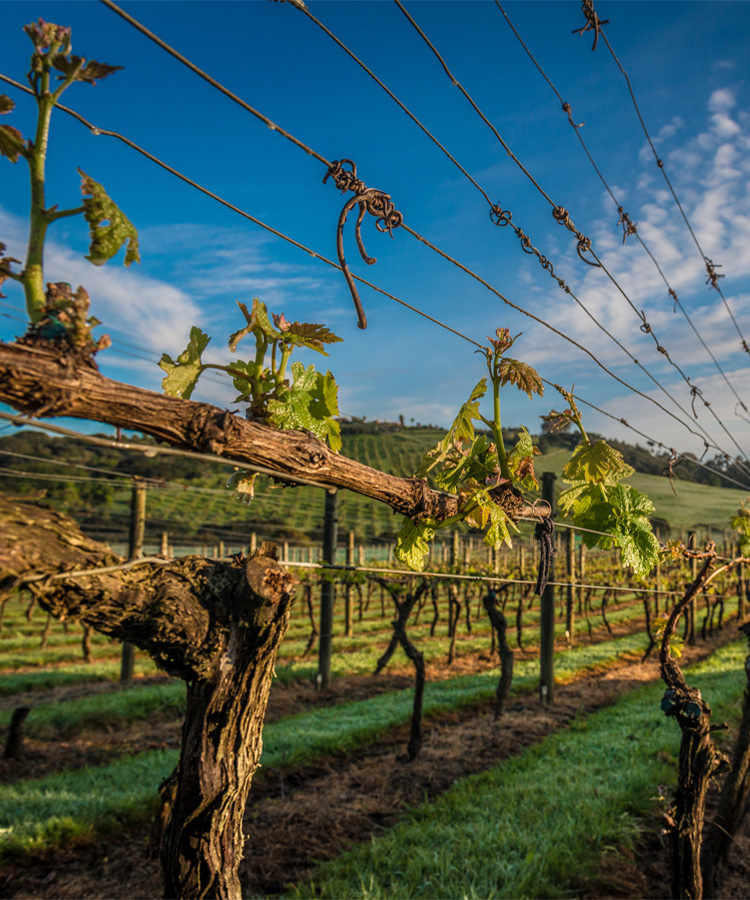
Three hours by plane from Australia, New Zealand is one of the most isolated places in the world. It’s also one of the globe’s most enigmatic wine countries. Strong westerly winds from the Pacific, the country’s spine of mountains, and physical makeup of two islands create a maritime climate with a wide range of growing conditions, from wet and humid to cold and dry. Across the two islands, which span latitudes between those of Bordeaux and Lebanon with most vineyards no further than 80 miles from the water, a long and generally cool growing season helps to produce grapes with striking acidity.
Vines were planted here in earnest in the mid-1800s, but winemaking only truly took off in the 1970s. Since then, rich soils combined with progressive winemaking techniques — 96 percent of New Zealand’s vineyard-producing areas are certified by the Sustainable Winegrowing NZ program — have resulted in an impressive range of complex and flavorful wines.
Astonishing, too, is the number of distinct growing regions given the country’s small acreage. At just over 100,000 square miles, it’s just roughly the same size as the state of Colorado. And yet there’s much to explore, from the petite, northernmost Northland growing region (the smallest wine region in the country) to the sprawling, southerly Central Otago region that grips much of the South Island coast (which also boasts the highest-elevation vineyards). In between, there’s the Auckland Region (famous for red blends), Gisborne (home to excellent Chardonnay), Hawke’s Bay (the oldest region in New Zealand), Wairarapa (known for Pinot Noir), Nelson (which enjoys the country’s sunniest climate), Marlborough (New Zealand’s largest wine region), Canterbury (extremely large, producing everything from top-notch Pinot Noir to Riesling), and Waitaki Valley (the country’s youngest region).
It’s a lot to take in. Need some help getting started? Here’s a little black book to New Zealand’s largest (and most vineyard-filled) growing regions.
Hawke’s Bay
This sunshine-soaked wine region, on the eastern coast of the North Island, is one of the oldest in the country. It’s known for complex soil patterns and a surprising variety of climates, which span high-altitude coastal zones to fertile plains run through with gravelly soil. French Marist missionaries first planted grapes here in the mid-19th century to produce sacramental and table wine, but world-class winemaking only really took off in the late 1990s. That’s when the area’s Claret-style reds — wines made from classic Bordeaux grapes like Cabernet Sauvignon, Cabernet Franc, Merlot, and Malbec — started earning fans outside New Zealand. Today, Chardonnay, Merlot, and Sauvignon Blanc are the area’s most widely planted varieties.
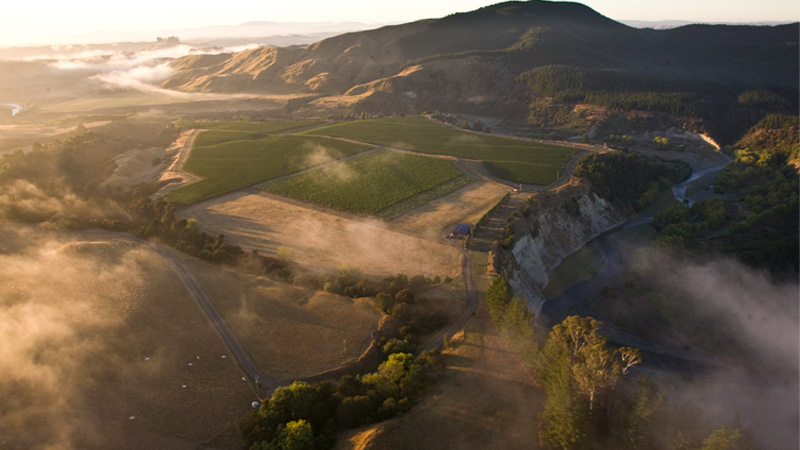
Look to Mission Estate Winery for its inky Cabernet Merlot, with aromas of dark berries and flavors of cassis and tobacco. The nearly 170-year-old operation is the original winery founded by the region’s early missionaries, and its current winemaker — Paul Mooney, who’s been with the winery for 30 years — was originally trained by the Fathers. The winery is still owned today by religious order The Society of Mary.
Also lovely is Bilancia, a small producer of top-notch Pinot Gris, Viognier, and Syrah. Bilancia’s vintners are a married couple, Lorraine Leheny and Warren Gibson, who met as students in an Australian winemaking program in the early 1990s. Their first release was in 1998 and they have been racking up acclaim ever since, with write-ups from major newspapers around the world. A standout among their offerings is the La Collina Syrah. The 2015 bottling is garnet-hued with notes of fresh blackberry and red plum.
Wairarapa
About an hour’s drive from Wellington, at the North Island’s southernmost tip, the Wairarapa region is Pinot Noir country. Though the area is characterized by low temperatures and a lot of rain, it also tends to have a relatively dry autumn, which is prime for reliably spectacular Pinot Noir that ranges from big and juicy to dry and earthy. Many of the big wineries here got started in the 1980s, but smaller producers have abounded in years since.
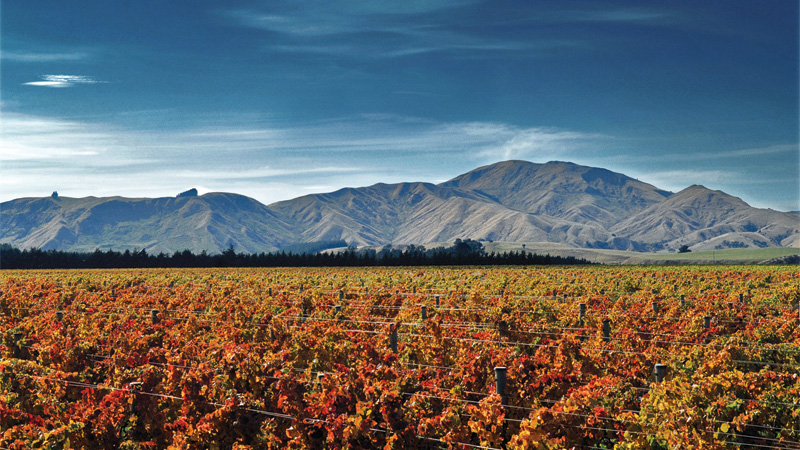
One of the most well-known operations here is Escarpment, which, since its founding in 1998, has become one of the region’s foremost Pinot Noir producers. Its founder, Australian Larry McKenna, was one of the first vintners to recognize the potential of the Martinborough subregion, with its free-draining soil and relatively dry climate. Escarpment’s wines are all made with hand-picked, wild-fermented grapes, resulting in bottlings that burst with red fruit flavor.
Also worth your attention is Dry River Wines. Established in 1979, the arrival of winemaker Wilco Lam in 2009 heralded the beginning of a small-batch revolution here. Lam, who became Dry River’s chief winemaker in 2014, is the brains behind the winery’s small-batch Pinot and other wines made with grapes from three organic and un-irrigated plots. Across the board, the wines are precise and elegant, the result of sometimes decade-long aging in the cellar.
Marlborough
Roughly 60 percent of New Zealand’s vines are here in Marlborough, a region nestled at the northeastern tip of the South Island. It’s for good reason: A fortuitous combination of chilly nights, bountiful sunshine, and dry autumns are exceedingly kind to grapes. The fruit can mature into the fall, ripening and building sugars slowly, without losing that quintessential Kiwi acidity. Chardonnay, Sauvignon Blanc, Pinot Noir, and Riesling have all proven to be winners in Marlborough.
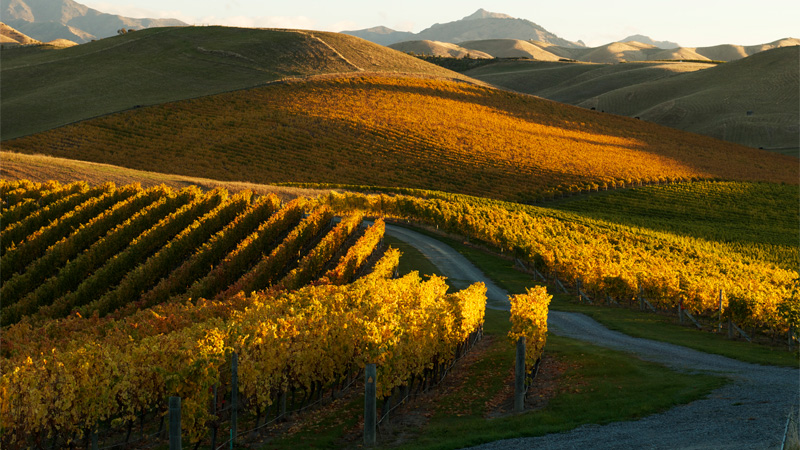
Cloudy Bay Vineyards is perhaps among the region’s most internationally known operations, and well worth a visit. Established in 1985, its exceptional Sauvignon Blanc helped New Zealand elbow into the upper echelons of the world wine community. The 2019 bottling lives up to the hype, with juicy, bright tropical notes.
Also of note is Framingham Wines, which creates “alternative takes on classic varietals” with bottlings in its F-Series collection. Its Old Vine Riesling — made with grapes from vines planted in 1981, which are among the oldest in the region — is a particular standout, with complex texture and notes of mandarin and ripe apple.
North Canterbury
Vines were first planted in North Canterbury, a sprawling region around the South Island city of Christchurch, back in the mid-1800s. Still, it took another 100 years until commercial wineries got up and running here. These days, the cool climate, with its long and dry summers and constant winds, makes for excellent Pinots, Chardonnays, and Sauvignon Blanc.
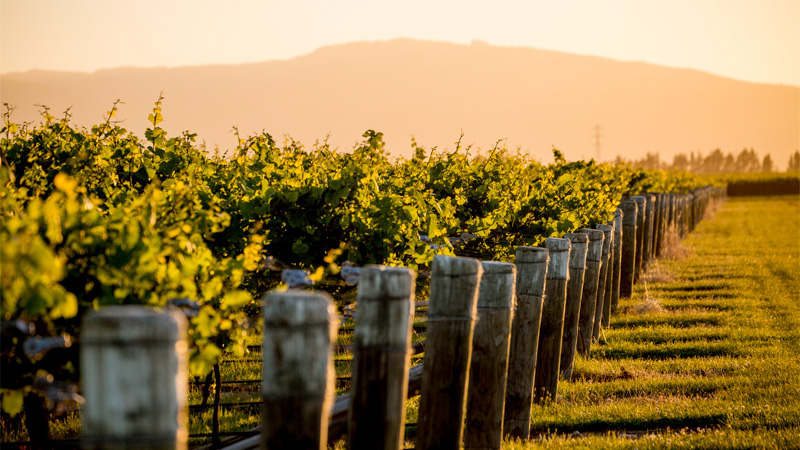
Some of the area’s most exciting wines are being made in the North Canterbury area. Among them are those from Pyramid Valley Vineyards, which preaches the gospel of biodynamics. “In the cellar, our winemaking follows natural principles with the use of indigenous yeasts, natural fining and minimal, if any, filtration,” the winery website explains. “Our ultimate goal is to guide our wines from the earth to the bottle, producing wines that truly breathe of their place.”
Try the bright lemon-hued 2018 Pyramid Valley Marlborough Sauvignon Blanc, which packs expressive notes of tropical fruit.
Also wonderful are the clean-tasting, restrained wines from Mt. Beautiful. Opt for the velvety Chardonnay, which offers notes of stone fruits and a persistent minerality, or the bright textural Riesling, which packs off-dry floral and citrus notes.
Central Otago
Winemaking has exploded in recent years in Central Otago, one of the world’s most southerly wine regions. In 1997, only 14 wine producers worked a mere 500 acres of vines here. By 2020, that number had exploded to 133 producers with 1,930 hectares planted.
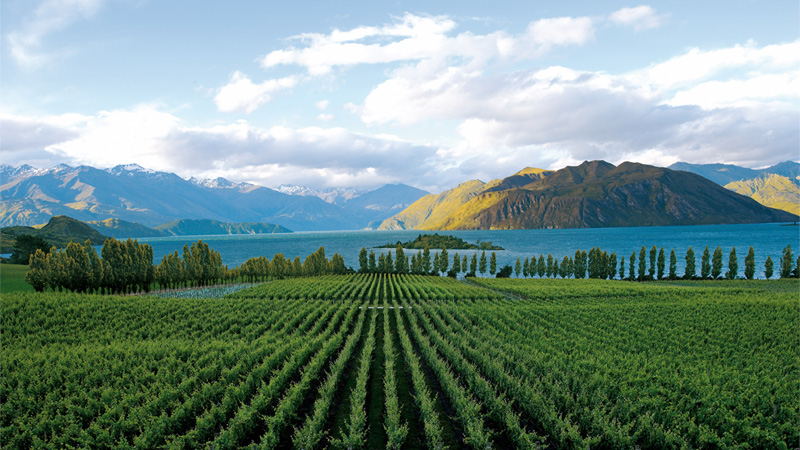
Summers in Central Otago are sunny and dry, but short, and frost is a menace year-round. Still, excellent wines can be found here— especially Pinot Noir. An excellent rendition can be found at biodynamic winery Quartz Reef Wines. The vibrant, ruby-red 2018 bottling lends hints of dark cherry with subtle floral and herbaceous notes.
Meanwhile, there are excellent small-batch, organic wines at Mount Edward. Among the many wines made here, the Rieslings are especially exceptional. The 2018 bottling is off-dry, with balanced notes of citrus peel and a mineral-forward texture.
Check out many of the wines mentioned in this article by clicking the button below, and receive 10% off your purchase!
This article is sponsored by New Zealand Wine.
